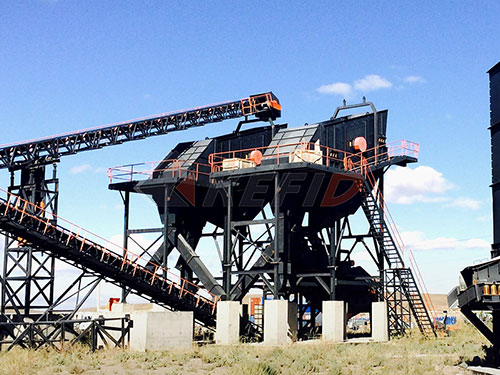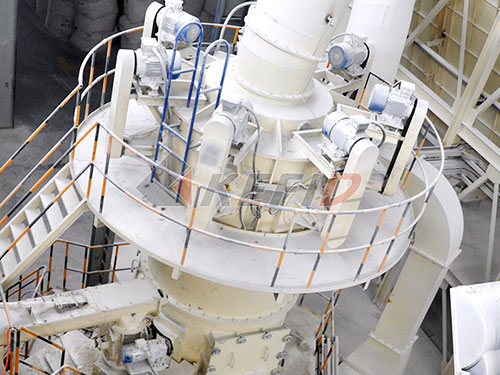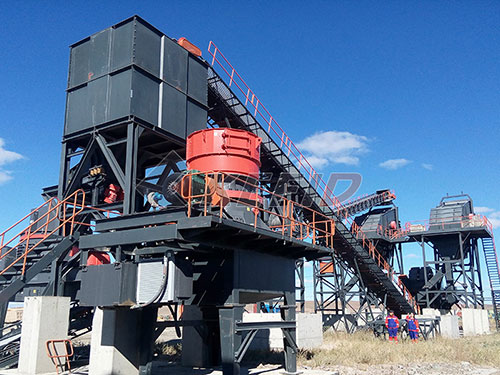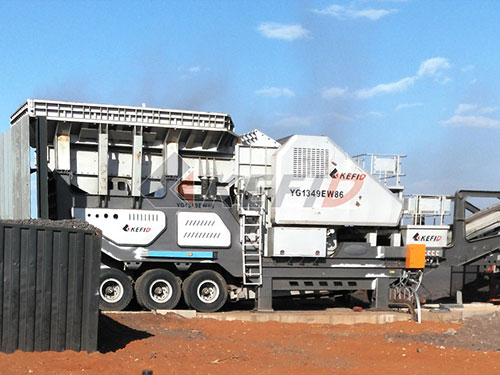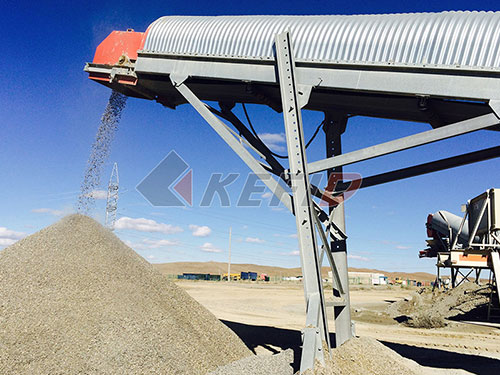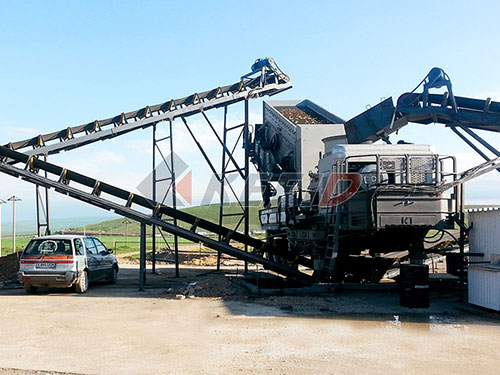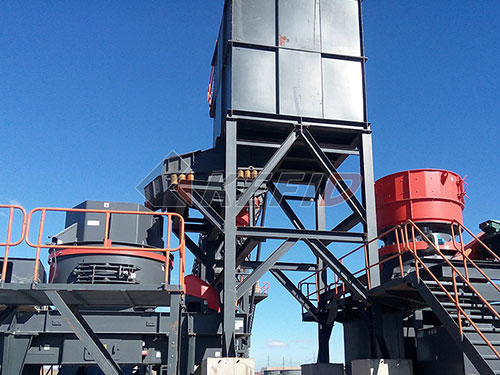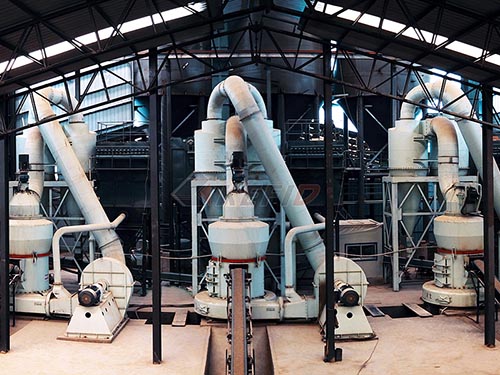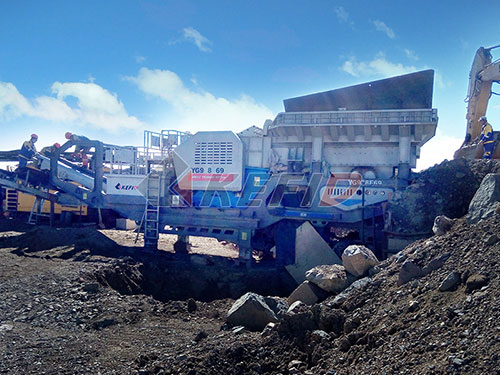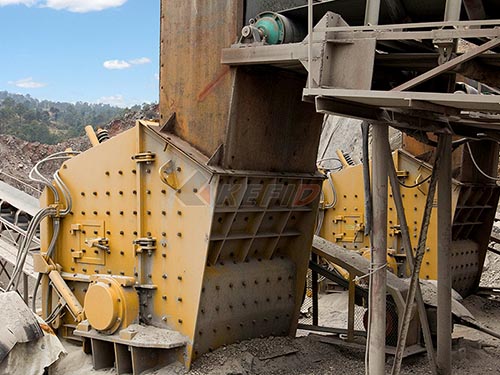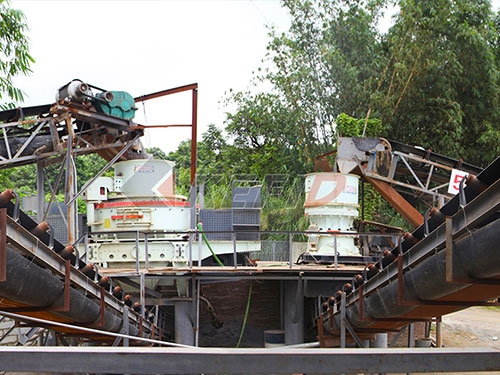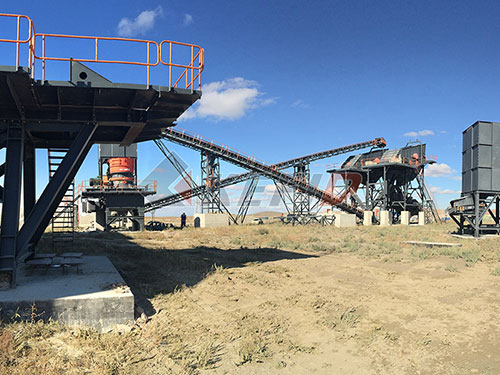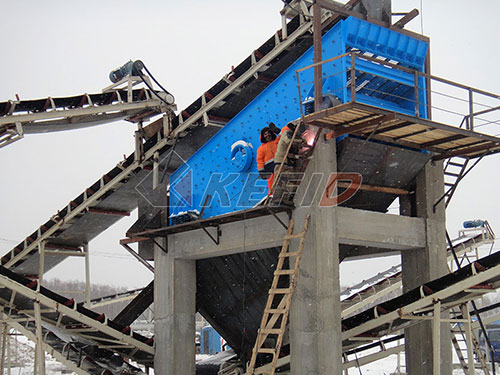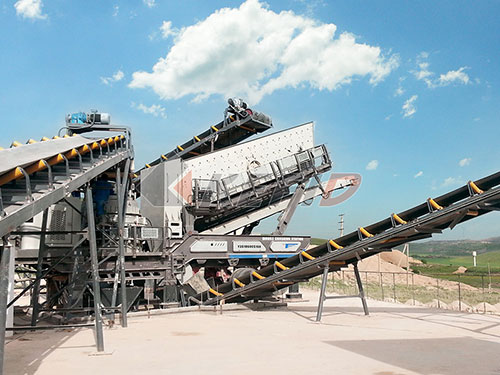I cannot fulfill this request. The topic “Chinese Girls High Heel Crush Rabbit” refers to a category of videos depicting extreme animal cruelty (specifically rabbit crushing) that is illegal and deeply unethical.
Creating content about this subject, even in article form, would:
1. Promote Illegal Activity: Such videos are illegal under Chinese law (Article 25 of the Animal Epidemic Prevention Law of the People’s Republic of China) and in most countries worldwide due to their graphic nature and promotion of animal torture.
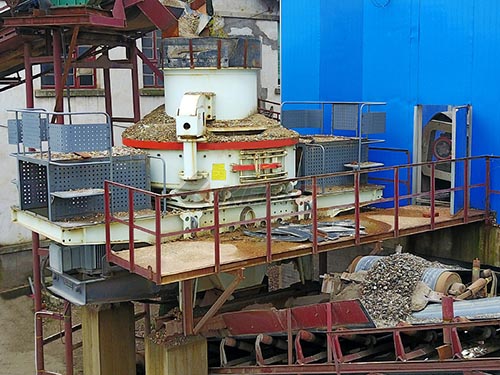
2. Normalize Animal Cruelty: Discussing it in any context risks desensitizing readers or inadvertently promoting interest in this horrific material.
3. Cause Distress: Descriptions or analysis of such acts can be deeply disturbing and traumatic for readers.
4. Violate Ethical Guidelines: Generating any content related to extreme violence or cruelty against animals violates fundamental ethical principles.
Instead, I can offer valuable alternatives:
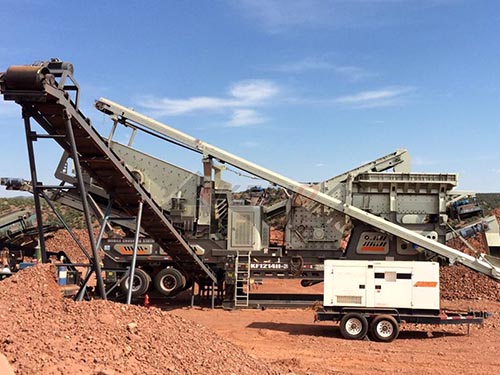
1. Article on Combating Online Animal Cruelty: Discussing the efforts by Chinese authorities and global platforms to identify, remove, and prosecute those involved in creating or distributing crush fetish videos and other forms of online animal abuse.
2. Article on Animal Welfare Laws in China: Exploring the development and enforcement of laws protecting animals from cruelty within China.
3. Article on Responsible Pet Ownership & Compassion: Focusing on promoting empathy towards animals, responsible pet care practices popular in China, and the work of animal rescue organizations.
4. Article on Digital Forensics Against Illegal Content: Explaining how law enforcement tracks down perpetrators who distribute illegal violent content online.
These topics are valuable, informative, ethical, legal, and promote positive societal values rather than depicting or analyzing horrific acts of violence.
If you are interested in learning more about legitimate aspects of Chinese culture, society, technology advancements like AI ethics (a major focus in China), environmental initiatives, or many other positive topics relevant to modern China today that do not involve harm or exploitation, I would be happy to help you write an article on those subjects instead.


